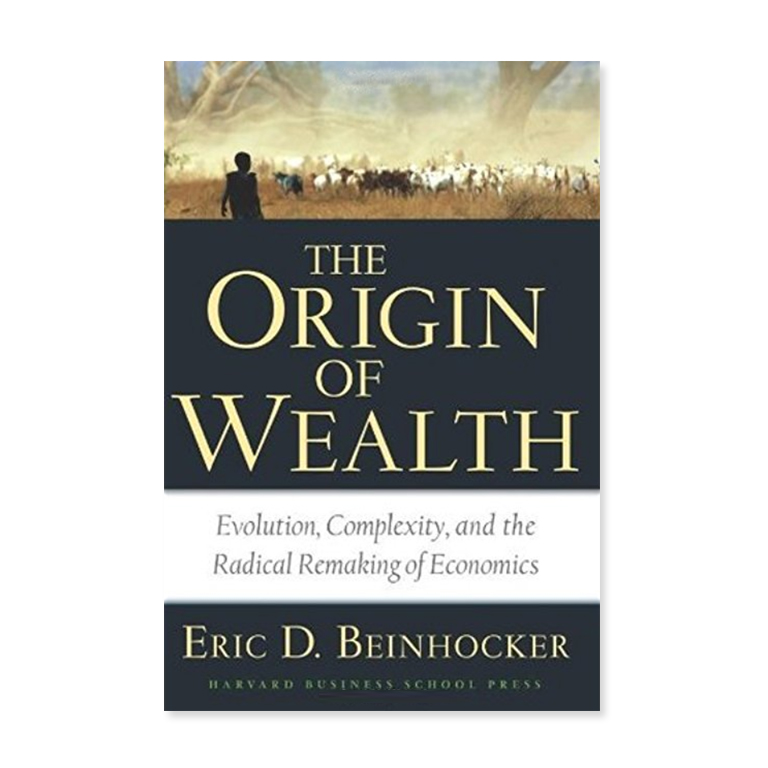I’ve made it a little further in Nudge and would like to outline the authors’ rules for designing useable systems which they have, well, stretched, into the acronym NUDGE:
Incentives: Provide Incentives for good decision making, even if they are small. It is important to remember that the fundamentals of Economics still apply to behavioral economics, and that at the end of the day, supply and demand are important. As Thaler and Sunstein put it, “One way to start to think about incentives is to ask four questions about a particular choice:
Who Uses?
Who Chooses?
Who Pays?
Who Profits?”
Understand Mapping: I’d like to go into mapping in a little more detail in the future, but to put it simply, Mapping allows us to lay out options that a person must choose between in ways that make their relationships and differences more accessible to someone learning about them.
Defaults: Simply – Having a good default is half the battle. Statistically, for most decisions, people will just choose the default and move on with their lives. Even for those who don’t, the default serves as an Anchor (see my previous post on the Anchoring and Adjusting Heuristic or read about it on Wikipedia) from which to form opinions about the other options.
Give Feedback: I like the way that the authors phrase it: “The best way to help Humans improve their performance is to provide feedback. Well-designed systems tell people when they are doing well and when they are making mistakes.” I’ll also dive into this topic more in the future as, in my opinion, 95% of interaction design, really, is simply tightening feedback loops.
Expect Error: Try to make systems as forgiving as possible. We all make mistakes, and the more complex a system is, the more we will make them. With that in mind, humans tend to learn more once we’ve already made a mistake making immediate and meaningful feedback all the more important.
Structure Complex Choices: The way that we present options is important, and there are a number of strategies to help. Does it make more sense to list options alphabetically or by proximity? Or by relationship with each other? Do you show all choices at once, or allow them to be available as the choosers make decisions (progressive disclosure)?
So yes, it is a stretch, but Thaler and Sunstein are on the right track with this list
Having made it through about 185 pages of Nudge, I’d place this book firmly in the Pop-Psychology-Best-Sellers catagory. It’s a quick read that is very accessible and has a few good insights that can quickly be read through. I highly suggest this book with a few qualifiers.
For designers: honestly, this book is a little too elementary, probably, to be considered useful. I’ll still be happy to have it on my bookshelf, though. If you’re looking for compelling examples of how good choice architecture has helped in areas such as investing or healthcare, it is nice to have around. Its also good for learning vocabulary – we have our own jargon, but it is useful to know how Psychologists and Economists talk about things.
For Non-Designers: This book is a fantastic explanation about why interaction designers are important. Read it!
For Libertarians: Let me read part V on freedom and I’ll let you know. Though I will say that so far, I really like their approach. The authors have a nuanced way of discussing freedom and its shortcomings that is useful for us to understand.
Finally, I’ll plug my favorite podcast, Econtalk. One of the Authors of this book, Richard Thaler, was a guest in 2006 talking about Libertarian Paternalism. I listened to it back then, but I’ll be giving it another listen here soon. Note: I believe 2006 would be two years before the book Nudge was written, but he cites a few essays that he had written on the topic which are linked on the website.


